On Tuesday, archaeologists from the Ha Noi University of Social Sciences and Humanities unveiled new findings in the recent excavation in Phong Le Village, Hoa Tho Dong Ward, Cam Le District, Da Nang.
 |
| Archaeologists from the Archeology Faculty of the Ha Noi University of Social Sciences and Humanities excavated an area of 350m2 at a Cham relic site in Phong Le Village |
This is the 3rd excavation to have been conducted in at this venue, after in 2011 and 2012. The excavation work was carried out on an area of 350m2 from 18 July until 20 August.
 |
| According to Master’s degree holder Nguyen Huu Manh from the University, foundations of a Cham tower complex were unearthed during the 3rd excavation. In particular, a 16m50-long foundation of a Cham tower was discovered at the site, and it was thought to be a gate tower leading to the main tower. |
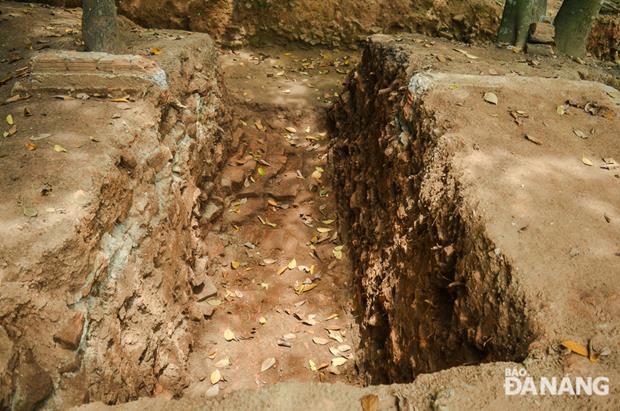 |
| Assoc Prof Dr Dang Hong Son from the Ha Noi University of Social Sciences and Humanities said that numerous valuable artifacts were found during the 3rd excavation. He added the Cham relic site in Phong Le Village is the system of Champa towers, and it is located on a high mound of covered earth and surrounded by a flow of the Cam Le River. |
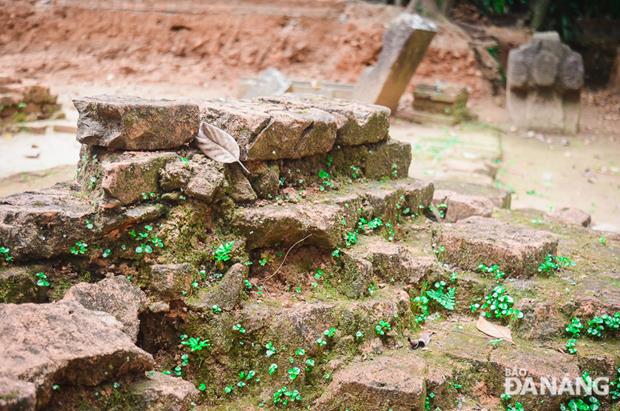 |
| Mr Son also affirmed that the Cham site in Phong Le Village may include a main tower which can be surrounded by a system of enclosed walls. |
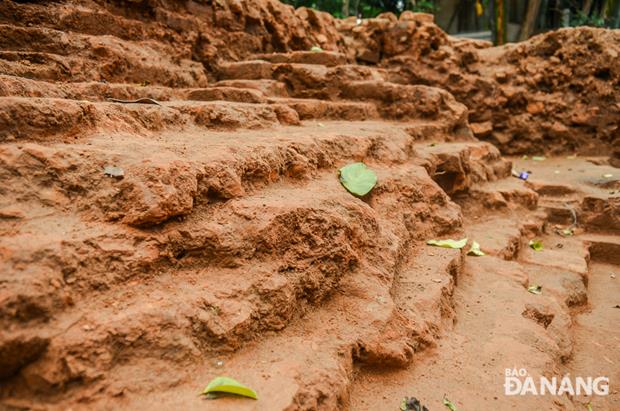 |
| A land area with stairs was unearthed |
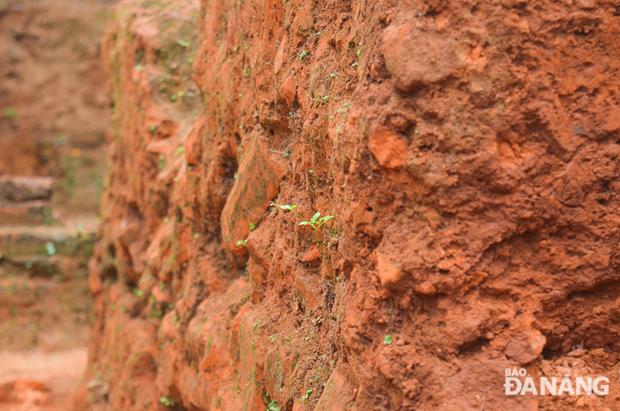 |
| Ancient bricks |
Many valuable artifacts were found at the site. Notably, a total of 23 stone objects were dug up. Most of them were animal-shaped statues such as a 0.44mx0.45mx1.09m statue of Sinha, or lion, a 0.8mx0.5mx0.34m elephant-sculptured pedestal, Garuda legendary bird's heads, Naga snake-like statues, and prayer statues. These artifacts date back to the 9th, 10th and 12th centuries.
In addition, there were many pieces of bricks, roof tiles and decorative items made of sandstone and ceramics from the Champa era and China’s Song Dynasty.
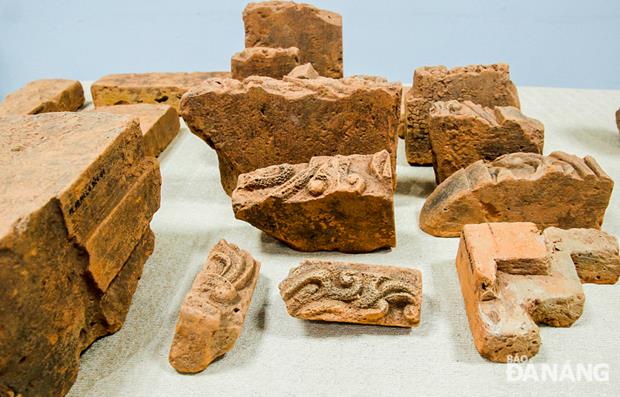 |
| Some newly-excavated bricks date back to the 10th century. They look similar to those decorated at some Cham relic sites in Quang Nam Province such as the Khuong My Tower in Nui Thanh District, and the My Son A1 and B5 towers in Duy Xuyen District. |
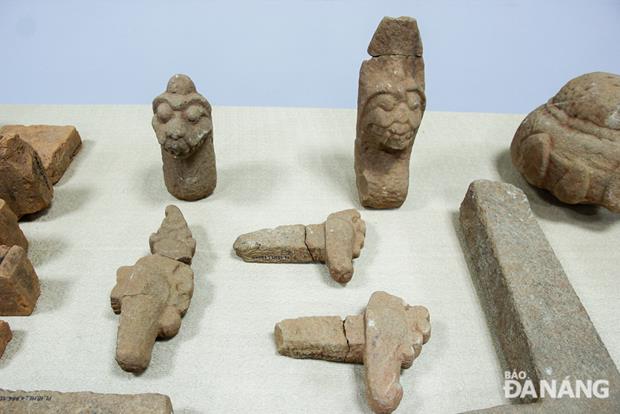 |
| During the 3rd excavation, a total of 23 stone objects were dug up. |
Based on these findings, the researchers and archaeologists affirmed that the Phong Le Village dates back to between the early 10th and 12th centuries.
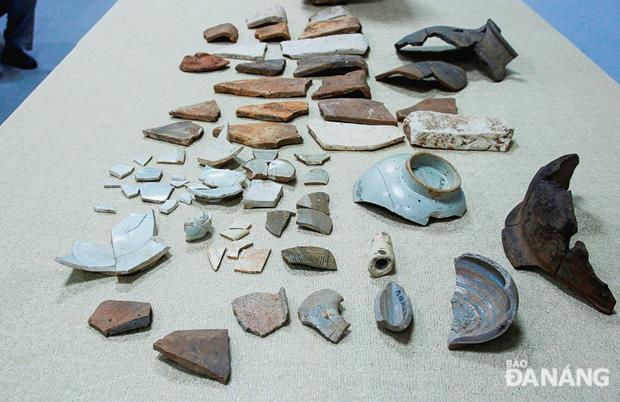 |
| Also, there were many pieces of bricks, roof tiles and decorative items made of sandstone and ceramics from the Champa era and China’s Song Dynasty. |
 |
| A 0.44mx0.45mx1.09m statue of Sinha, or lion |
All of the newly-found artifacts have helped the researchers and archaeologists partly understand about the architectural characteristics, sculpture arts and religious culture of the Cham people, as well as cultural values and architectural history of the Village’s Cham relic site.
The archaeologist suggested that the excavation should be conducted on the southern side of the Cham relic site in a bit to clarify architectural values of the new findings.
Mr Ho Tan Tuan, Director of the city’s Museum of Cham Sculpture, said that he would prepare for all necessary documents for the recognition of the Cham site in Phong Le Village as a municipal-level relic site in attempt to protect and promote the values of this relic site in the future.
.









